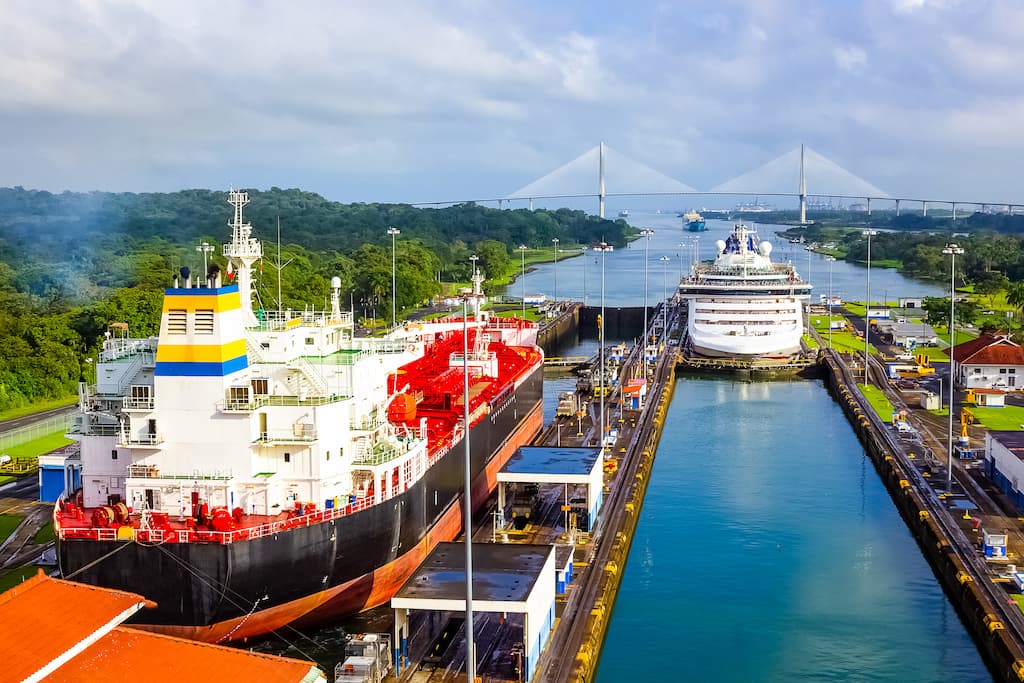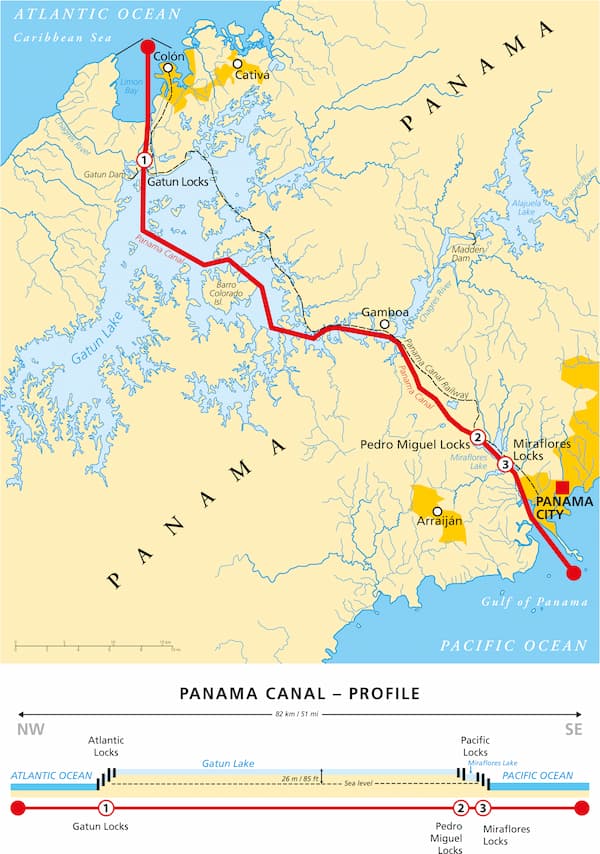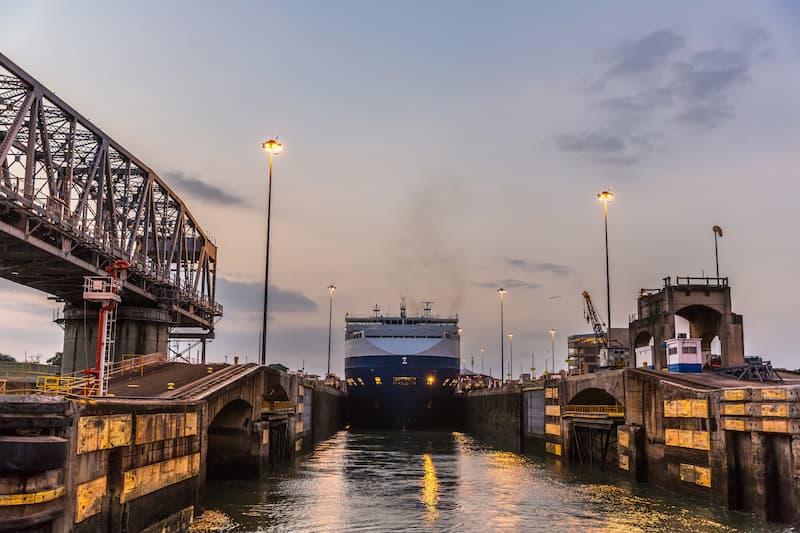Panama Canal
Preamble
The American Society of Civil Engineers has ranked the Panama Canal as one of the seven wonders of the modern world.
The American Society of Civil Engineers is a tax-exempt professional body founded in 1852 to represent worldwide members of the civil engineering profession. Headquartered in Reston, Virginia, it is the oldest national engineering society in the United States. Wikipedia
Specifications
Length 82 km (51 miles)
Maximum boat length 366 m (1,200 ft 9 in)
Maximum boat beam 49 m (160 ft 9 in) (initially 28.5 m or 93 ft 6 in)
Biggest boat draft 15.2 m (50 ft)
Locks 3 locks up, three down per transit; all three lanes (3 lanes of locks)
Status Open, expansion opened June 26, 2016
Navigation authority Panama Canal Authority
Construction extension
Colorado companies CH2M and MWH
The new extension allows the canal locks at each end to lift ships to Gatun Lake, an artificial lake created to reduce the amount of excavation work required for the canal, 26 m (85 ft) above sea level, and then lower the ships at the other end.
The original locks are 32.5 m (110 ft) wide. Colorado companies CH2M and MWH built the latest extension constructed between September 2007 and May 2016. The expanded waterway began commercial operation on June 26, 2016. The new locks allow transit of more extensive, New Panamax ships.
It took Colorado companies CH2M and MWH Global nine years to build the extension to the canal.
The project cost was $5.4 billion.

History
Original owner Société internationale du Canal
Principal Engineers: John Findley Wallace (1904–1905), John Frank Stevens (1905–1907), George Washington Goethals (1907–1914)
Construction began May 4, 1904; 117 years ago
Date completed August 15, 1914; 106 years ago
Date extended June 26, 2016; 5 years ago
Geography
Start point the Atlantic Ocean
Endpoint the Pacific Ocean
Connects to the Pacific Ocean from the Atlantic Ocean and vice versa
Location of Panama between Pacific (bottom) and Caribbean (top), with the canal at top centre

The canal cuts across the Isthmus of Panama and is a conduit for maritime trade.
The Panama Canal is the most challenging civil engineering project ever undertaken, and it dramatically reduces the time for ships to travel between the Atlantic and Pacific oceans.
The canal enables shipping to avoid the long, hazardous Cape Horn route around the southernmost tip of South America.

Colombia, France, and later the United States controlled the territory surrounding the canal during construction. France began work on the channel in 1881 but stopped because of engineering problems and a high worker mortality rate. The United States took over the project on May 4, 1904, and opened the canal on August 15, 1914. The US continued to control the channel and surround Panama Canal Zone until the 1977 Torrijos–Carter Treaties provided handover to Panama.
After a joint American–Panamanian control period, the Panamanian government took over the canal in 1999. It is now managed and operated by the government-owned Panama Canal Authority.
Annual traffic had risen from about 1,000 ships in 1914, when the canal opened, to 14,702 vessels in 2008, for a total of 333.7 million Panama Canal/Universal Measurement System (PC/UMS) tons.
By 2012, more than 815,000 vessels had passed through the canal.
In 2017 it took ships an average of 11.38 hours to pass between the canal's two locks.
Credits attributed to - https://en.wikipedia.org/wiki/Panama_Canal
Leave a Reply